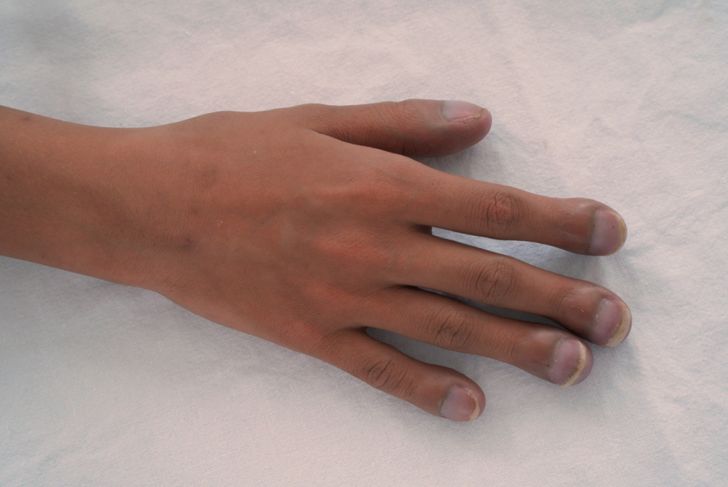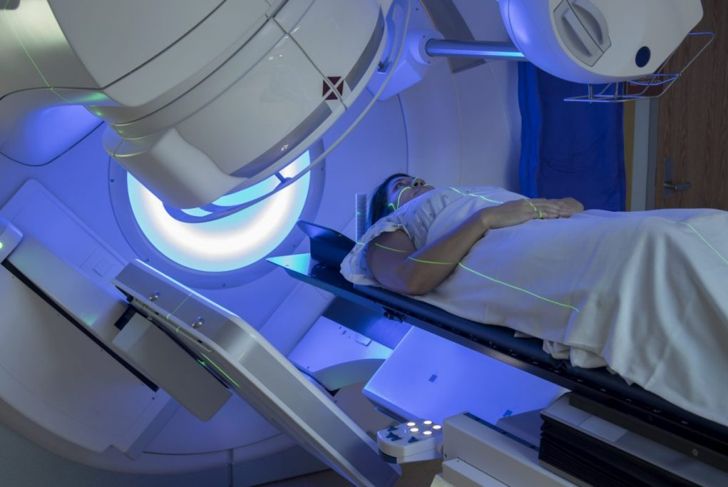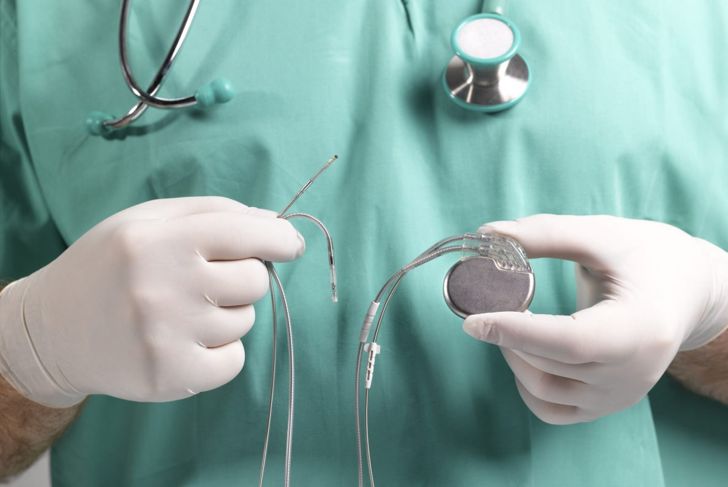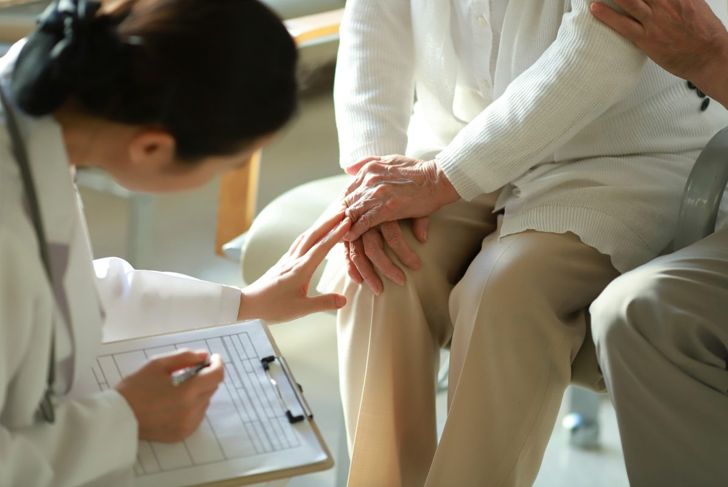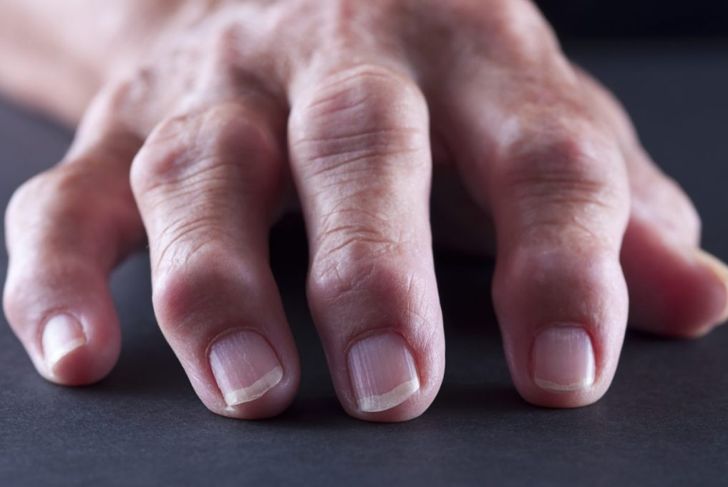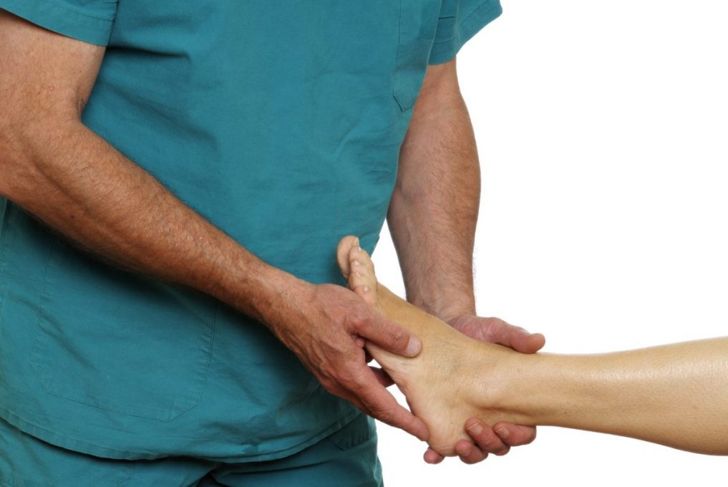Clubbed fingers can occur without other illnesses but are usually symptoms of another disease — often of the lungs or heart — that causes chronically low blood oxygen levels. Other diseases, such as celiac disease, liver disease, late-stage kidney disease, and cystic fibrosis, can also lead to clubbed fingers. In a small number of cases, clubbed fingers are hereditary and are present at birth.
Symptoms
Clubbing causes the fingertips to become rounder than usual. Over several years, the fingers enlarge, and the nails curve downward and start to grow around the fingertips. The nails may resemble a spoon turned upside down because of the pronounced curving. If a disease is the cause of clubbed fingers, other symptoms usually develop, too, such as softening of the nails, a spongy or red nail bed, or nails that seem to “float.” Clubbing usually affects the fingers of both hands.
Risks
Clubbed fingers themselves aren’t harmful and usually do not cause pain. That’s why doctors focus on treating the underlying condition rather than the clubbed fingers themselves. If they develop suddenly, a medical team will investigate and identify other symptoms to try to determine the root causes and proper treatment. In cases of primary clubbing, the state is noticeable during childhood or in the teen years and won’t change much with time.
Causes
Lung cancer is one cause of clubbed fingers, and it can also stem from other chronic diseases, including those affecting the thyroid gland and digestive tract conditions. Gastrointestinal and liver cancer and Hodgkin lymphoma can also lead to clubbed fingers. People with late-stage kidney disease may also develop clubbing of the fingers, particularly those on dialysis.
Diagnosis
Because clubbing sometimes starts subtly, people may not notice for months, which may delay necessary treatment. Once an appointment is made, a doctor will attempt to determine whether the patient meets the diagnostic criteria. There are a few signs the doctor may check for, including loss of the natural nail angle. Doctors sometimes use the Schamroth window test to diagnose clubbing. If you hold the backs of the left and right fingers against each other, you should see a small diamond-shaped hole where light shines through. In fingers that have clubbing, this hole is missing.
Diagnostic Tests
The goal with clubbing is to take a good medical history to determine what is causing the fingers to club. A doctor may perform diagnostic testing, including x-rays or a CT scan. If they suspect a heart condition, an electrocardiogram test can help assess heart function. In the case of lesions, the doctor may remove a small section in order to biopsy the tissue and test for abnormalities or cancer cells. The goal is to treat the underlying condition causing decreased oxygen delivery to the fingers.
Treatment
The doctor may perform a series of tests to identify what is causing clubbed fingers and suggest an appropriate treatment, which will be tailored to the underlying cause and will vary with the individual. If treated early, the clubbing may reverse partially or completely. If there’s a delay in treatment, tissue changes may take place that are hard to reverse. That’s why early diagnosis and treatment are important.
Discomfort
A person with clubbed fingers may not experience any discomfort. In primary clubbing, the main concern is usually with appearance as opposed to pain. Severe cases may affect the person’s ability to use the fingers and make it harder to grip items. However, most people do not notice any physical limitations due to clubbed fingers.
Outlook
Depending on the cause, the prognosis for clubbed fingers varies. People with primary clubbed fingers may not experience any discomfort, though some people feel self-conscious about their appearance. If a medical condition is to blame, appropriate and timely treatment of this primary cause is crucial. Always consult with a doctor at the first sign of clubbed fingers to understand the cause.
Effects of Oxygen
Research shows that decreased oxygen levels often lead to clubbing, which may cause unwanted effects on the body. It can affect the nail bed, causing enlargement from an excess of soft tissue. This enlargement accompanies inflammation of the small blood vessels under the nails from lack of proper oxygen to the body. The amount of collagen in the fingers may increase too, leading to enlargement of the fingertips and thickening.
Toe Clubbing
In people with primary clubbing, the condition may also affect the toes. Similar to the fingers, toes may enlarge or appear more rounded. In this case, the symptoms generally present during adolescence and won’t worsen with time. Check with family members for a history of clubbed fingers or toes because it most often runs in the family.

 Home
Home Health
Health Diet & Nutrition
Diet & Nutrition Living Well
Living Well More
More